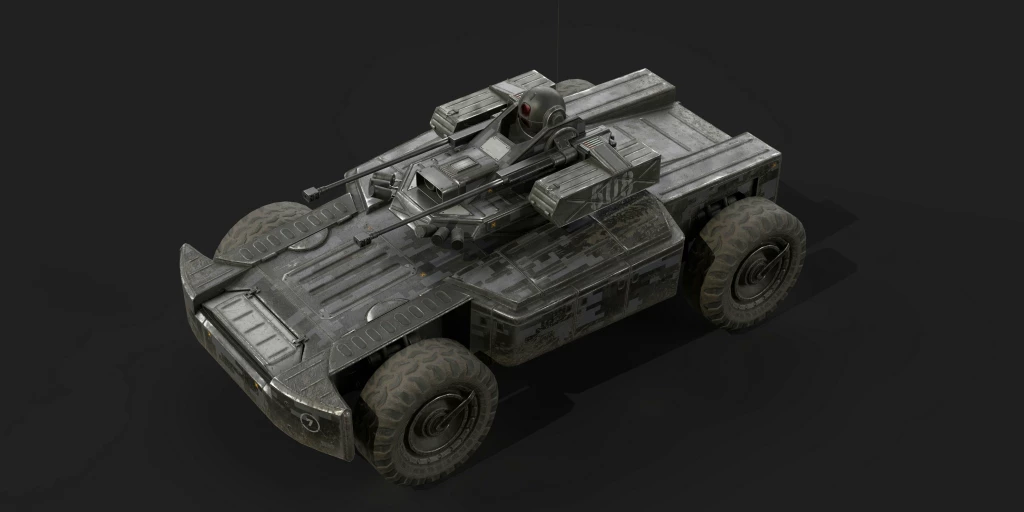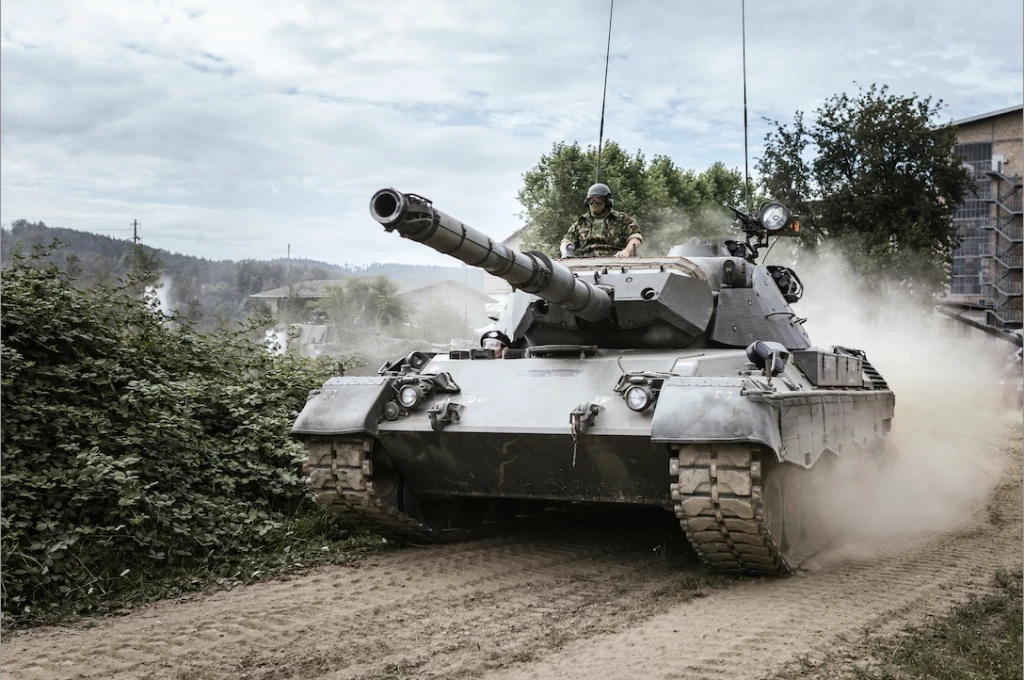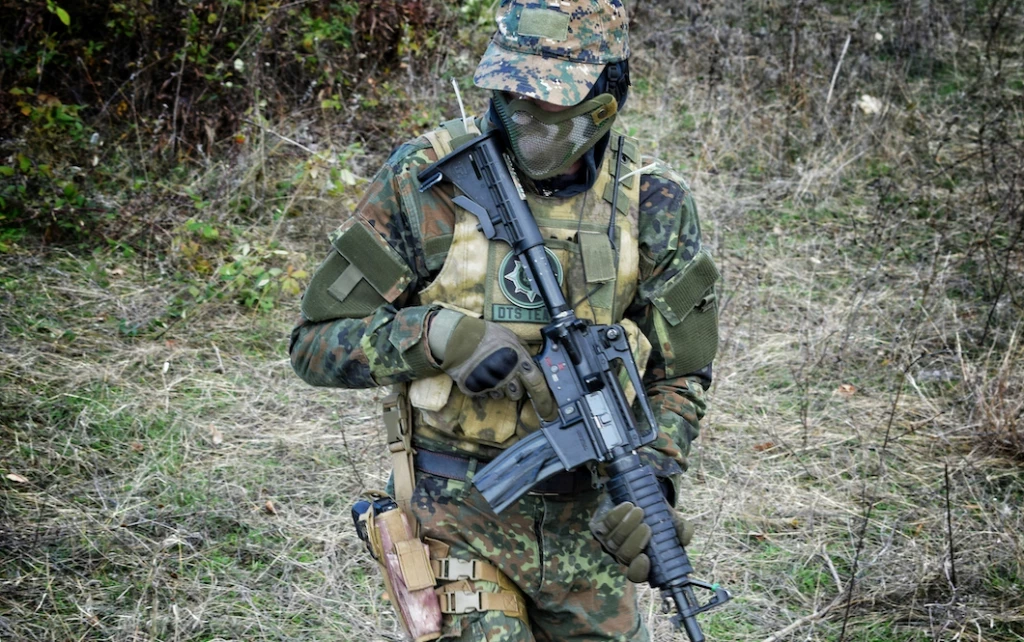The 'Air Force' of the Israeli Ground Forces
Add bookmarkThe Ground Forces Command of the IDF have expressed their wish to have an unmanned air unit that will operate separately from the Air Force, and a tender for a new unmanned autonomous capability was released this year.
Integrating Battlefield UAVs
In the top command echelons of the Israeli Defence Forces, the need for 'Army Air Force' has been put on the table as a critical operational need. Such a unit has not been yet been officially established, but in the battlefield UAV's are being integrated at a growing pace.
Currently the only UAV operated regularly by the IDF's ground units is the Elbit systems ‘SkyLark’, used mainly by the artillery units.
But the Ground Forces Command have acquiesced to numerous requests from field commanders for an independent unit of UAV's that will be under their command.
The Sky Rider UAS unit, under the Israeli Artillery Corps, now performs a range of services for many other branches of the IDF, resulting in the acquisition of unmanned capabilities. "We are getting more systems and new advanced payloads" the Deputy Commander of the unit stated recently.
(Artillery Corps Fires Practice. Source: Wikipedia)
Military sources say that the requirements of the ground forces cover a range of different UAVs, from small tactical ones to multi-rotors that will be operated directly by the field commanders.
The Israeli Air Force (IAF) has for years objected to such a move, but sources say that "the process has begun" and that the demand will result in independent unmanned platforms operated by the ground forces.
UAVs in Resupply Missions
One such requirement is for an unmanned platform that can be used in resupply missions, supporting combat personnel on the frontline and delivering ammunition. In rent operations, for example in Lebanon, this has been a particularly critical need for ground forces.
The requirements will probably be met by a design that has earned the name ‘Flying Elephant’, designed by BlueBird, an Israeli UAV manufacturer.
The platform consists of a motorized parafoil with servo systems to ensure its aerodynamic shape. A GPS system is used to navigate the system to the correct point.
An Elbit Systems proposal was selected, and BlueBird was chosen as the sub-contractor.
The first prototype was powered by a 100 HP engine and could carry 500 kg of cargo. Now, BlueBird has adopted advanced parawing technology to enable the air system to achieve a speed of up to 45kt (83km/h), with the design also to be capable of being flown in harsh weather conditions.
There are no new details on the programme currently, but it is known that the IDF have asked for a system with enhanced capabilities. For example, it is likely that the system will have a 100 square meters parafoil and will be powered by a 300 HP engine. Sources added that the new version is designed to carry 1500 kg of cargo.
Israeli Ground Force UAV Requirements
The IDF ground forces want three categories of unmanned systems. I spoke with Lieutenant Colonel (Res.) Liran, an infantry battalion commander who is very acquainted with these operational needs.
He said that the first category is a fixed wing hand-thrown or light catapult takeoff UAV that can help ground forces in the maneuvering phase of battle. "It has the speed to get to areas of interest very fast and supply the needed real time intelligence”.
(Hand Thrown UAV. Source: Wikipedia)
The second category are small multi-rotors that are useful in urban warfare. "Such a silent system can help a fighting unit to locate hostiles in densely populated areas". Right now, some versions of multi-rotor drones are being used by ground forces. Some were purchased from the commercial sector and have been adapted to the mission, others were made by Israeli companies.
The third category is loitering UAV, but these will be operated at the division level.
This operational need was identified by IAI, and has since developed into the ‘Green Dragon’, a silent, all electric electro-optically guided munition with ninety minutes of loitering time, during which its operator can collect visual intelligence of surrounding area areas – especially in congested waters and shore targets, in a range of up to 40 km.
The Green Dragon can provide ISR service to the launching platforms, then surveys, locates, acquires and finally destroys operator selected target. It has up to 3 kg warhead and extremely high accuracy.
It also has a built-in "abort and go around" capability to prevent unnecessary collateral damage and mistaken targeting. The unique combination of a wide launch envelope, silent operation, long mission endurance, long-range communication and pinpoint accuracy, coupled with safer "in canister" logistics, makes the Green Dragon an ideal sensor to shooter cost-effective weapon, particularly for naval vessels.
IAI has also developed the Rotem, a miniature quadcopter loitering munition. It can be operated by a single soldier and has a 30 minute duration. It is equipped with a thermal camera and with 450 grams fragmentation warhead. According to IAI, it can be directed to go through a window.
Lieutenant Colonel (Res) Liran pointed out that VTOL UAVs also offer ground forces a critical advantage when hand-thrown UAVs are not adequate or when a catapult is not easy to operate by the infantry unit.
IAI is developing the 'Panther’ and ‘Mini Panther’ that are VTOL systems. "In the future, these will be part of every military formation”, Lt Col Liran said.

























